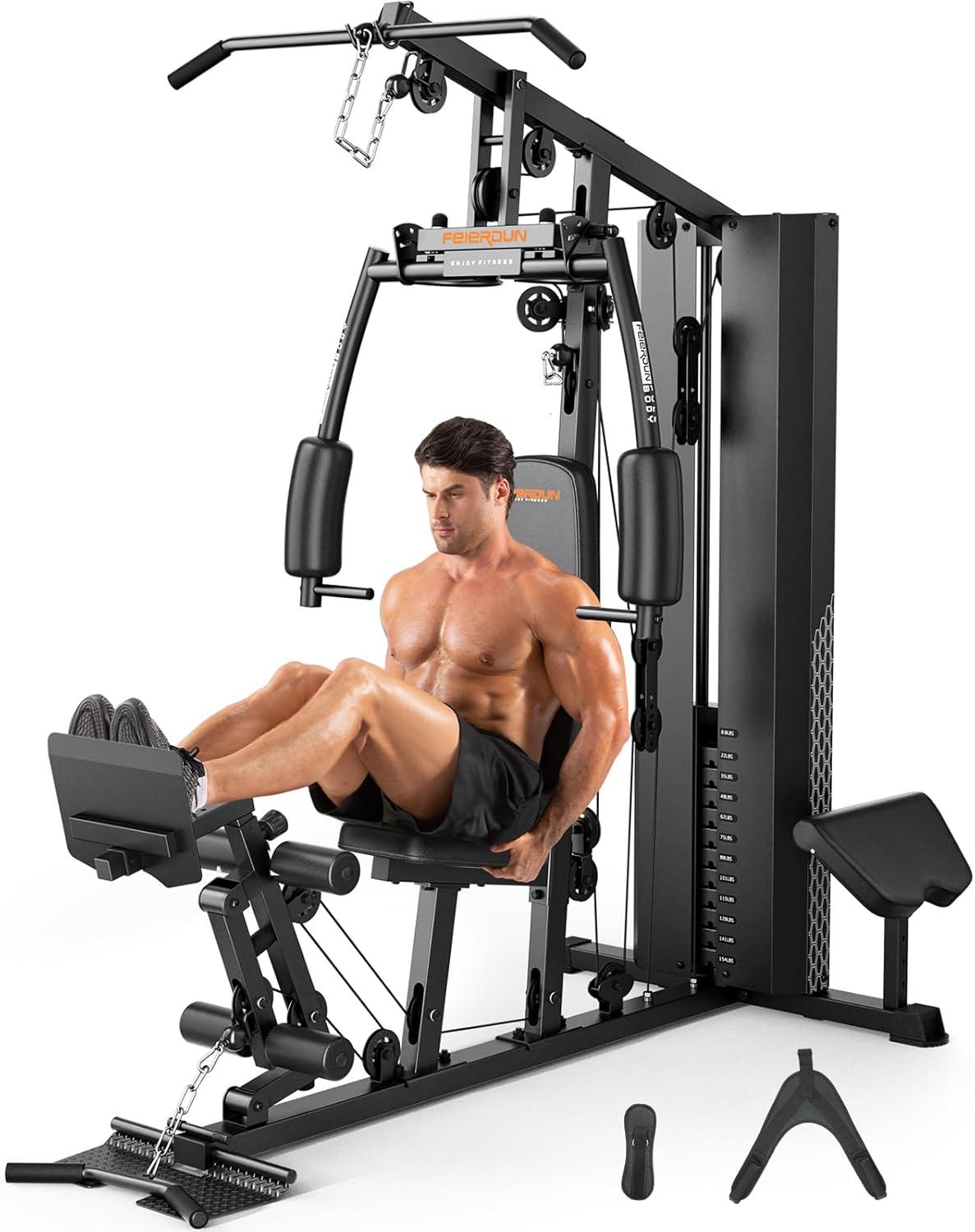Whether you're designing a commercial fitness center, a corporate gym, or a private training facility, building a high-performance gym requires more than just filling a room with machines. The right combination of gym equipment and thoughtful design can dramatically influence user experience, safety, performance outcomes, and even client retention.
In this guide, we’ll explore the essential equipment and design elements you need to create a fitness center that delivers results—and stands out in a competitive fitness market.
Why Design Matters in a Fitness Center
Before diving into equipment, it’s essential to understand the impact of gym layout and design. A well-planned facility:
- Maximizes space efficiency
- Improves safety and traffic flow
- Enhances member satisfaction
- Encourages diverse workout routines
- Creates an inviting and motivating atmosphere
Whether your space is 500 or 5,000 square feet, intentional design sets the foundation for long-term success.
Key Zones of a High-Performance Gym
A successful fitness center typically includes the following core training zones:
- Cardio Area
Equipment: Treadmills, ellipticals, stationary bikes, rowing machines
Purpose: Warm-ups, fat-burning workouts, and endurance training. - Strength Training Area
Equipment: Dumbbells, barbells, benches, squat racks, plate-loaded machines
Purpose: Resistance and hypertrophy training. - Functional Training Zone
Equipment: Kettlebells, TRX systems, medicine balls, sandbags, sleds
Purpose: High-intensity interval training (HIIT), mobility, and dynamic workouts. - Free Weight Area
Equipment: Power racks, Olympic platforms, bumper plates
Purpose: Advanced weightlifting and powerlifting. - Stretching/Recovery Area
Equipment: Mats, foam rollers, massage guns
Purpose: Cool-downs, mobility, and injury prevention.
Must-Have Gym Equipment for High-Performance Facilities
1. Cardiovascular Machines
Cardio equipment is vital for general fitness and weight loss programs. Essential machines include:
- Treadmills with incline and interval settings
- Rowing machines for full-body cardio
- Ellipticals with low-impact motion
- Air bikes for HIIT training
SEO Keywords: commercial treadmill, best gym cardio equipment, low-impact cardio machines
2. Strength Training Equipment
A variety of strength equipment ensures a well-rounded workout experience:
- Selectorized machines for isolated movements (e.g., chest press, leg curl)
- Cable crossover machines for adjustable resistance
- Smith machines for guided barbell training
- Adjustable benches for flat, incline, or decline exercises
SEO Keywords: strength training machines, commercial gym strength equipment, selectorized vs plate-loaded
3. Free Weights & Benches
Free weights are a cornerstone of muscle development and functional strength. Must-have gear includes:
- Hex or rubber-coated dumbbells (5–100 lbs)
- Barbells (standard and Olympic)
- Weight plates with clear labels
- Multiple flat and adjustable benches
Tip: Rubber flooring or drop mats are essential to protect your space from damage.
4. Powerlifting and Functional Gear
For serious lifters and performance athletes:
- Power racks with safety pins
- Bumper plates for Olympic lifting
- Kettlebells, from light to heavy
- Battle ropes, plyo boxes, sleds, and resistance bands
Functional fitness equipment supports dynamic training methods like CrossFit, HIIT, and circuit training.
SEO Keywords: CrossFit gym setup, Olympic weightlifting equipment, functional fitness gear
5. Recovery and Wellness Tools
Recovery is just as important as training. Include:
- Foam rollers for self-myofascial release
- Stretching mats
- Massage balls
- Hydrotherapy or sauna options (optional for luxury gyms)
Modern fitness centers often add a recovery zone to improve long-term client retention.
Gym Design Essentials for Efficiency and Flow
Beyond equipment, your gym’s design layout plays a huge role in its performance.
1. Flooring
Each zone requires different flooring:
- Rubber flooring for weight areas
- Artificial turf for sled work and agility drills
- Vinyl or wood for group classes or yoga zones
SEO Keywords: gym flooring options, turf vs rubber gym floor
2. Lighting & Ventilation
Well-lit and well-ventilated spaces are critical for safety and motivation.
- Use natural light where possible
- Install LED lighting with dimming features
- Ensure proper air circulation with fans and HVAC systems
3. Mirror Placement
Strategic mirror placement in lifting areas:
- Improves technique
- Enhances perceived space
- Boosts member confidence
4. Storage Solutions
Cluttered floors pose injury risks. Add:
- Dumbbell racks
- Barbell stands
- Wall-mounted hooks for accessories
Cleanliness reflects professionalism and creates a welcoming atmosphere.
Technology Integration in Modern Gyms
Today’s high-performance gyms also leverage smart technology:
- Heart rate monitoring systems
- Fitness tracking apps
- Interactive cardio machines with virtual trails or classes
- Digital check-ins and access control
Offering tech-enhanced training experiences sets your facility apart from traditional gyms.
SEO Keywords: smart gym technology, interactive fitness machines, gym member tracking system
Branding and Member Experience
A well-branded fitness center enhances trust, loyalty, and word-of-mouth referrals. Consider:
- Custom wall graphics or motivational quotes
- Branded equipment and uniforms
- Music zones and curated playlists
- Lounge areas or smoothie bars for recovery and socializing
SEO Keywords: gym member experience, gym branding ideas, fitness center design trends
Cost-Efficient Tips for Gym Startups
You don’t need to buy everything at once. Here's how to build smartly:
- Prioritize multifunctional equipment
- Lease equipment or buy gently used items
- Start with essential zones, then expand
- Optimize design to minimize construction costs
Final Thoughts
Creating a high-performance fitness center requires a strategic blend of quality gym equipment, effective space planning, and a focus on user experience. Whether you're starting from scratch or upgrading an existing facility, aligning your investment with the right gear and design choices will ensure long-term success.
With the right foundation, your gym will not only attract dedicated members but will become a hub for health, performance, and community.
